Experiencing Semana Santa in Spain is something that we’ll never forget. There was so much passion, emotion and a sense of something greater and bigger than all of us, bringing strangers together to commemorate Easter. I contemplated writing a full post about the experience, but felt that the pictures and video really speak for themselves, so without further adieu, here’s our experience of Semana Santa in Málaga, Spain, through images (and, as I can’t help but be a talker, some words)…
What is Semana Santa?
Semana Santa is a week-long event commemorating Easter. Officially commencing on Palm Sunday (the Sunday prior to Easter Sunday), the week is filled with religious processions, music and religious services. Having experienced Lent, Easter and Christmas in Spain, Semana Santa is definitely the most religious event of them all. Shops, cafes and restaurants are filled with Semana Santa-themed food and, one of our favourite treats, torrijas (which is like a decadent Spanish deep-fried version of French Toast, covered in cinnamon and sugar).
Each procession includes a unique and elaborately decorated paso (float). These pasos are adorned with candles, flowers, gold, silver and fine fabrics surrounding statues of Jesus or Mary. Each paso can weigh up to 2,000kgs. It takes 40 costaleros (men who carry the pasos) to carry one paso and many of them are hidden beneath the structure and fabric. The costaleros carry the weight of the paso on their shoulders and neck, with a special cushion, called un costal, to help bear the weight.
The costaleros practice walking and carrying the paso for months to ensure that the rhythm and speed of how they walk is perfect for the processions of Holy Week (so the statues appear to ‘glide’ along the road). Supporting a paso for a procession (which goes for over an hour through the streets) is not a simple task, so they sometimes have substitutes to swap throughout the procession. They are also navigated and directed by an overseer (called el Capataz). Seeing them navigate a tight corner is incredibly impressive!
Feeling Pinspired? Hover and click on any image to pin it to your Pinterest boards!
- Semana Santa is a beautiful and haunting event
- The promotional poster for Semana Santa in Málaga
Prefer videos? Watch and subscribe to our YouTube channel!
The nazarenos are an iconic image of Semana Santa and lead the procession. Men, women and children wear long robes and veils (called an antifaz) to cover their faces, under a tall, cone shaped hat (known as the capirote). Sadly, the KKK have ruined this imagery, but this attire was created so each nazareno can seem identical, anonymous and allow them to pray and express penitence in a humble way. La hermanidad is the name given to each ‘group’ or brotherhood of nazarenos.
Many nazarenos will carry long wax candles, to which children will often approach with a tin foil ball and try to collect the dripping wax to create a larger ball of multi-coloured wax as a souvenir from the week.
- Processions fill the streets daily during this week-long event
- The pasos (floats) are enormous and elaborate
During Semana Santa there are up to 8 different processions a day, complete with marching bands, singing, elaborate floats and silent walks. Crowds gather to watch and follow the procession through the streets of the city centre. The sounds of the music, drums and ringing of bells from the processions fill the streets until the last procession of the day finishes at 2am.
- The Passion of the Christ is evident here
- Los Nazarenos walk the streets in silence
Viernes Santo (Good Friday) is very solemn, reflecting the sadness of Christ’s crucifixion. Some of these processions are done in silence, as a sign of repentance and reflection.
Every paso of Mary has her in mourning for the loss of her son. One of the most memorable parts of the week was hearing la saeta (a religious song of mourning) being sung acapella from the balcony into the streets. It was so passionate and stirring, stopping everyone in their tracks to listen.
On Domingo de Resurección (Easter Sunday), the processions are more colourful and lively, celebrating Jesus’ resurrection. The music is brighter and happier, and the paso of Jesus is of him standing in glory. The paso we saw of Jesus on Domingo de Resurección had him made out of gold. Semana Santa also falls into the beginning of spring, so the days are beautiful and sunny, and the people spend more time socialising in the streets.
Personally, I loved experiencing Semana Santa and found it to be so different to any Easter celebration I had experienced before, but many locals can’t stand the event, opting to go on a vacation during this time. Understandable, as the constant noise from the processions and crowds would be extremely annoying on a day-to-day basis throughout that week. Sevilla boasts to have the biggest and busiest Semana Santa in Spain (and possibly the world!), and I would love to compare it to what we experienced in Málaga one day.
Have you experienced Semana Santa in Spain (or other countries)? What were your impressions? Comment below!
Latest posts by Kim-Ling (see all)
- 9 Gifts for the Traveller at Home in 2020 - November 27, 2020
- Tropicfeel Shoes – The Travel Shoe for Everywhere, Every Day - June 22, 2020
- Light to Light Camps – The best way to do the Light to Light Walk - July 30, 2019

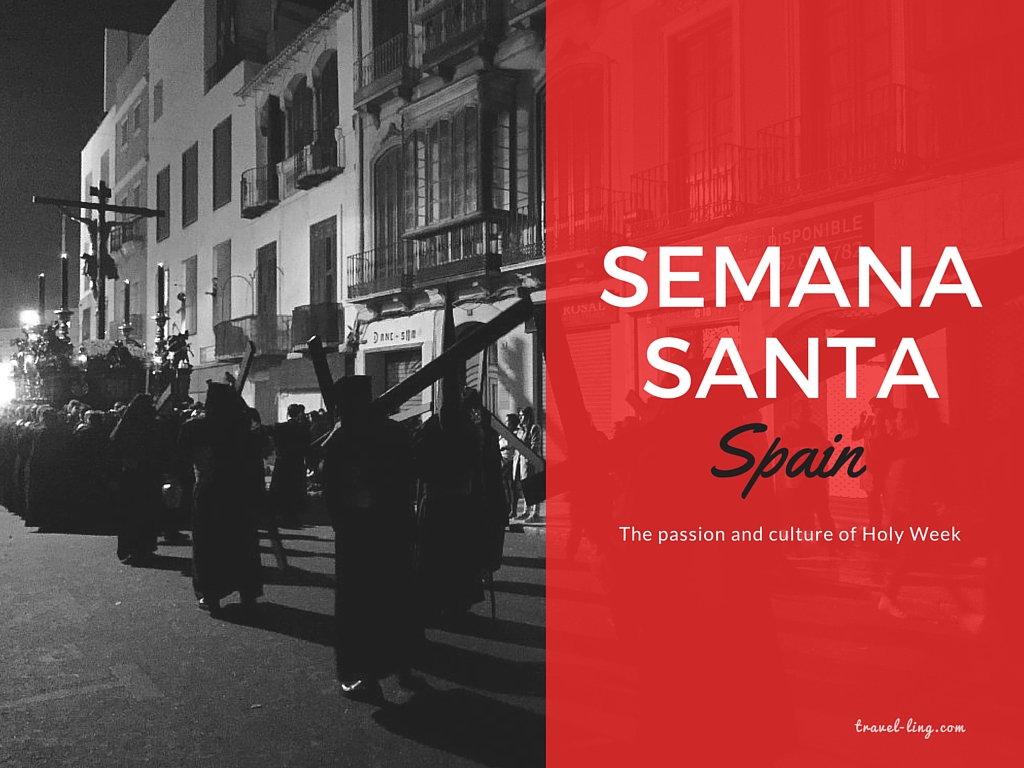
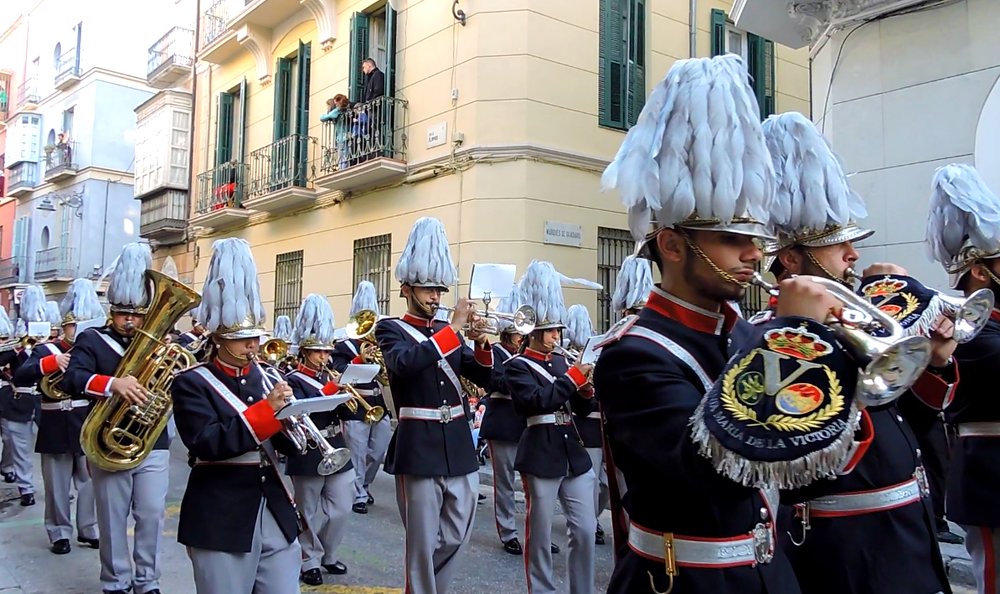
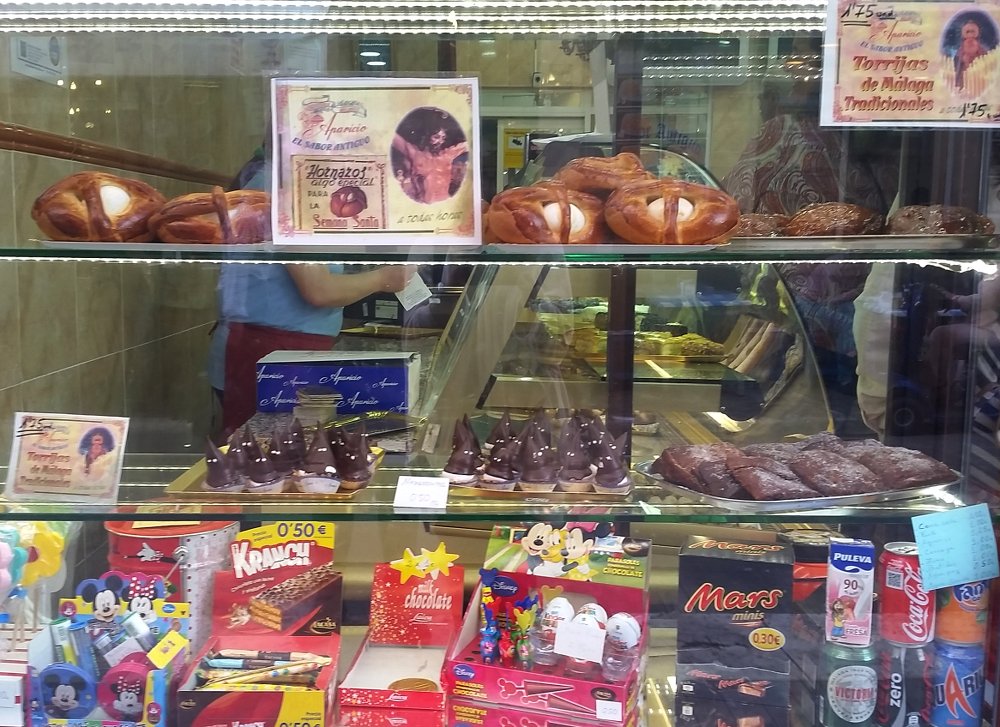
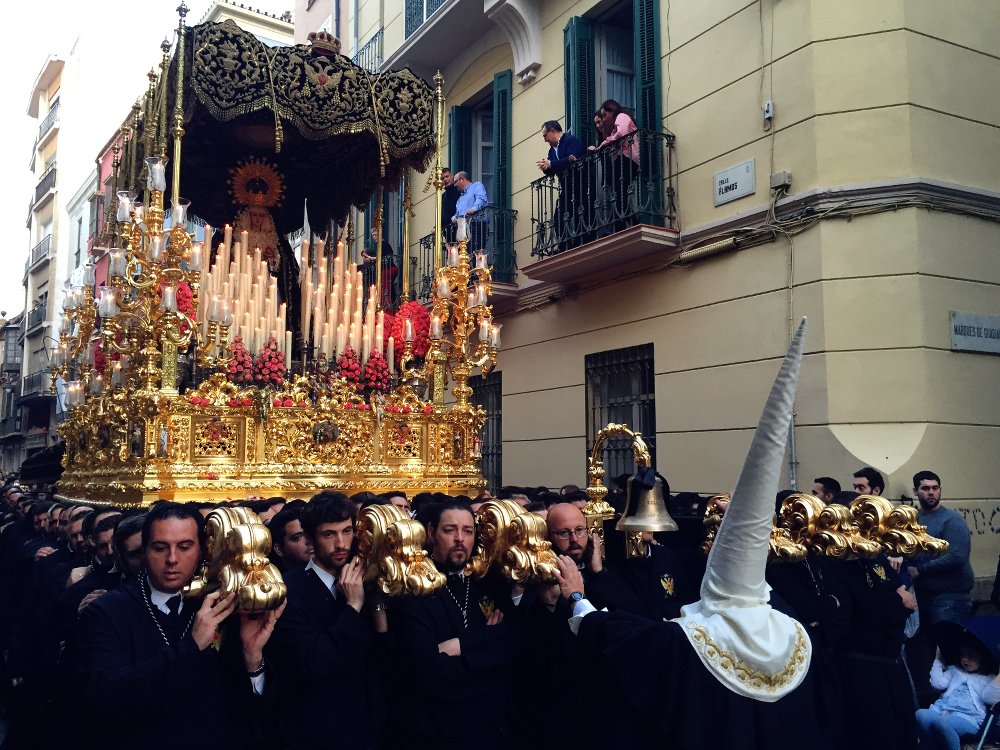
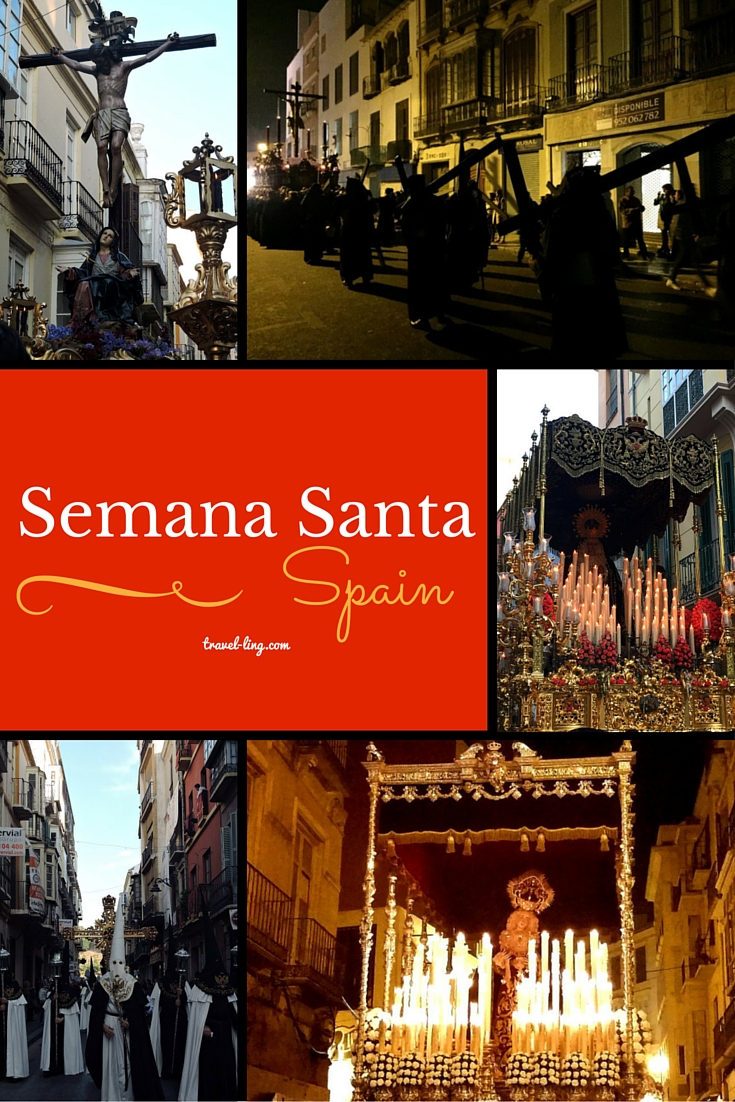
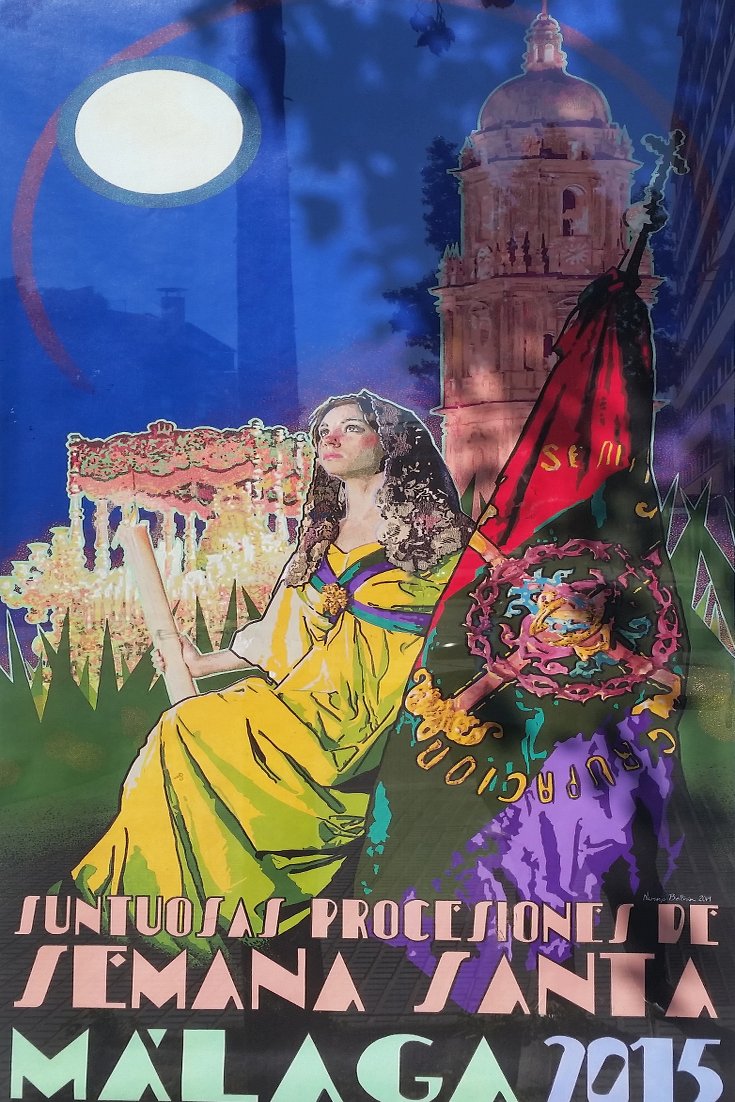
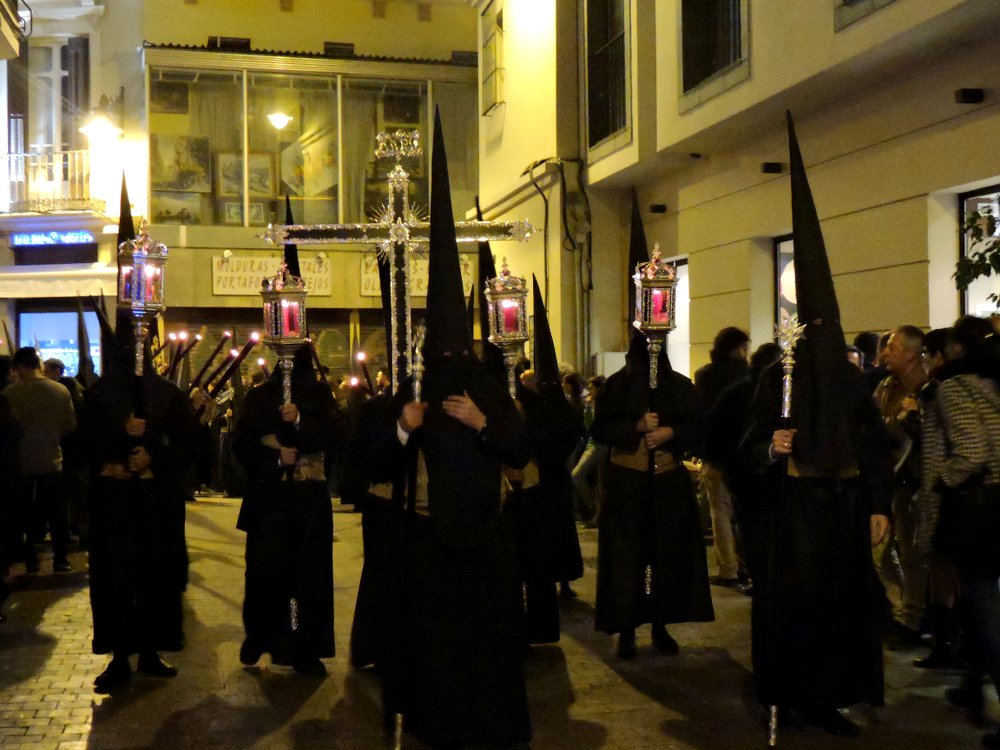
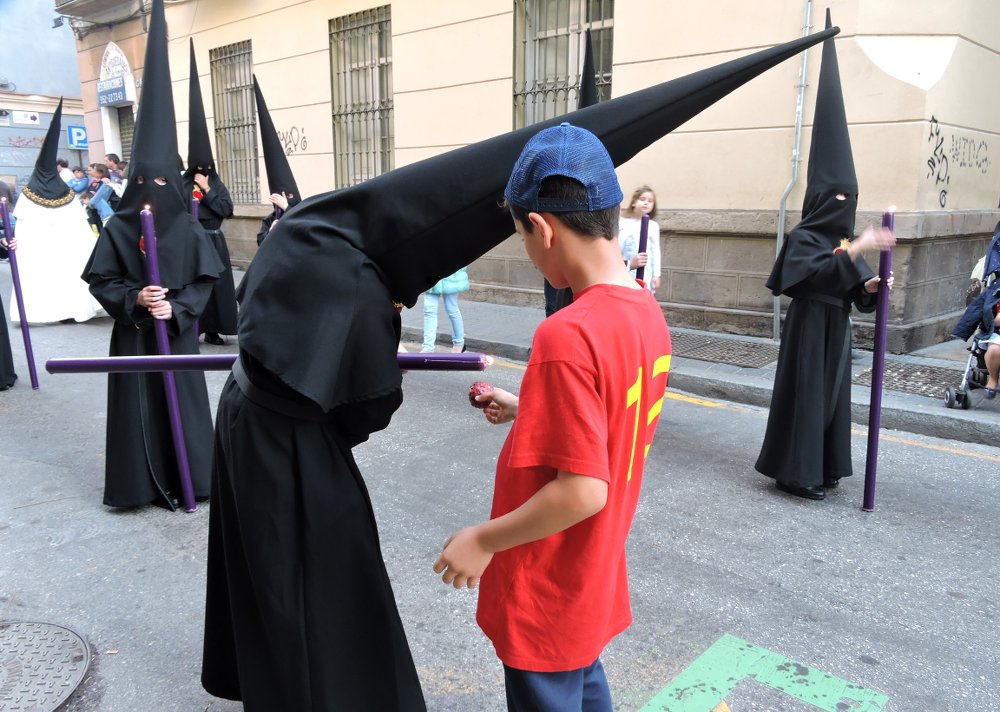
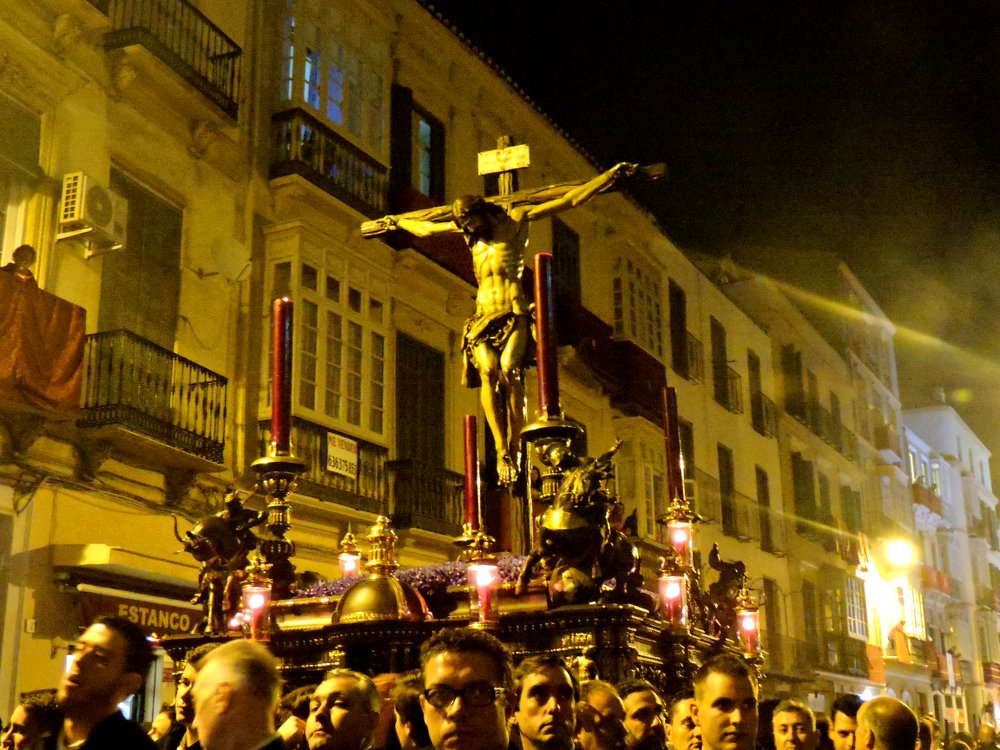
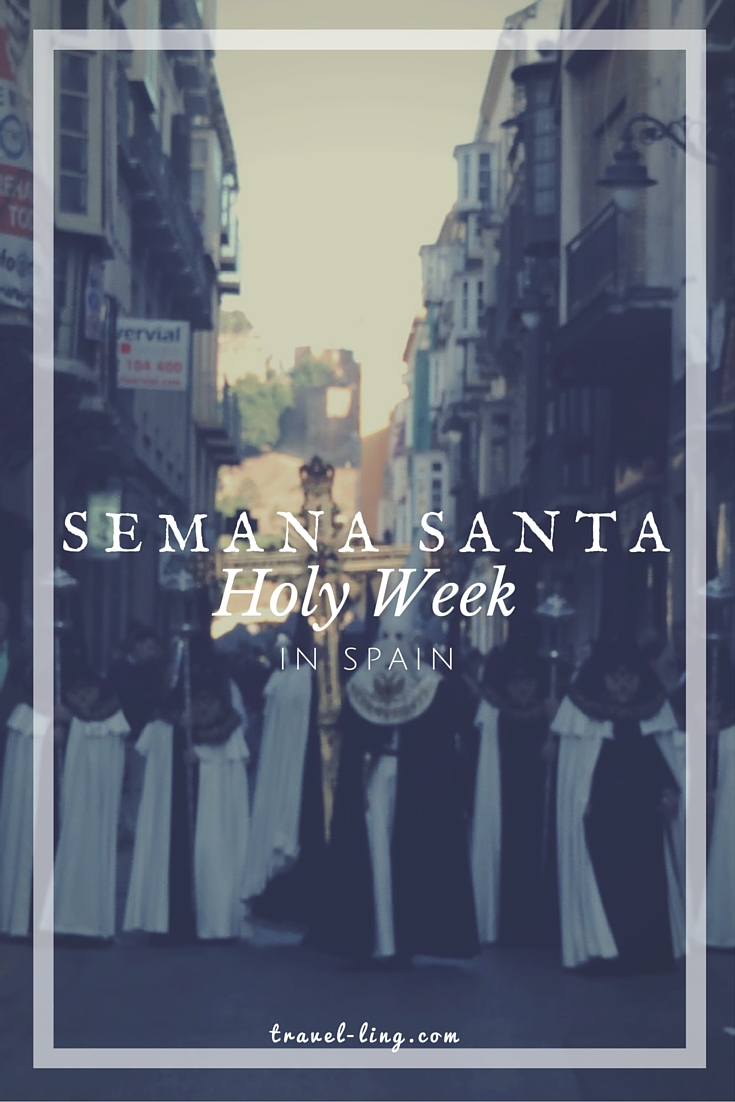
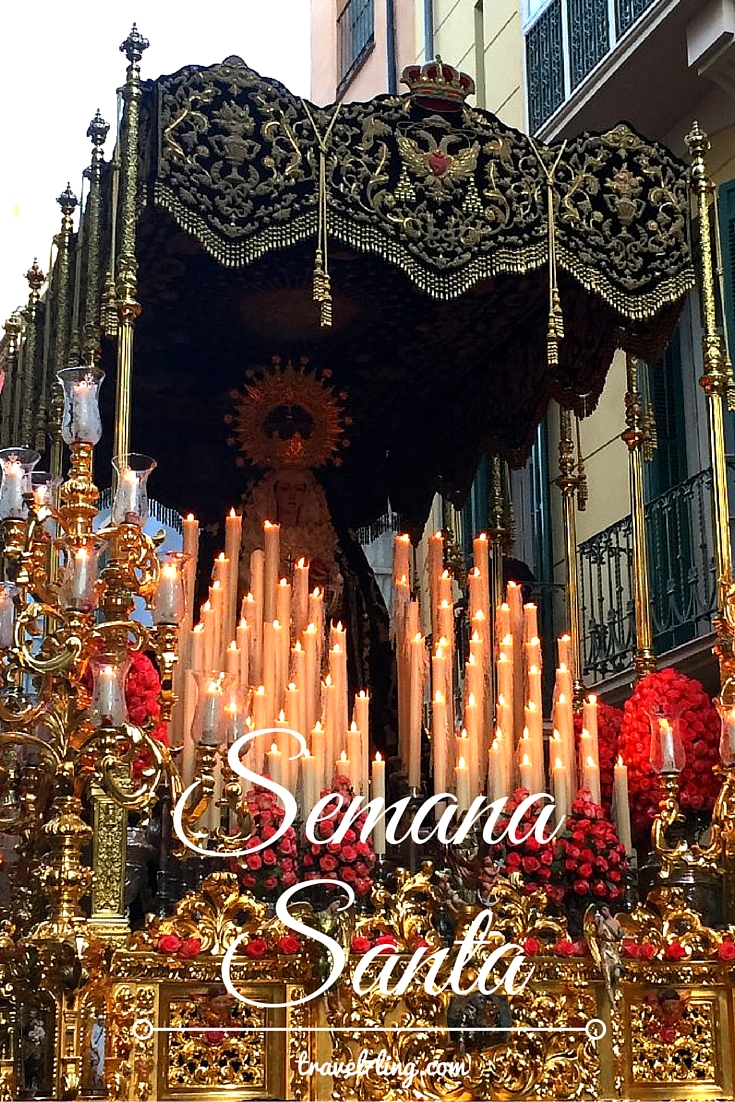
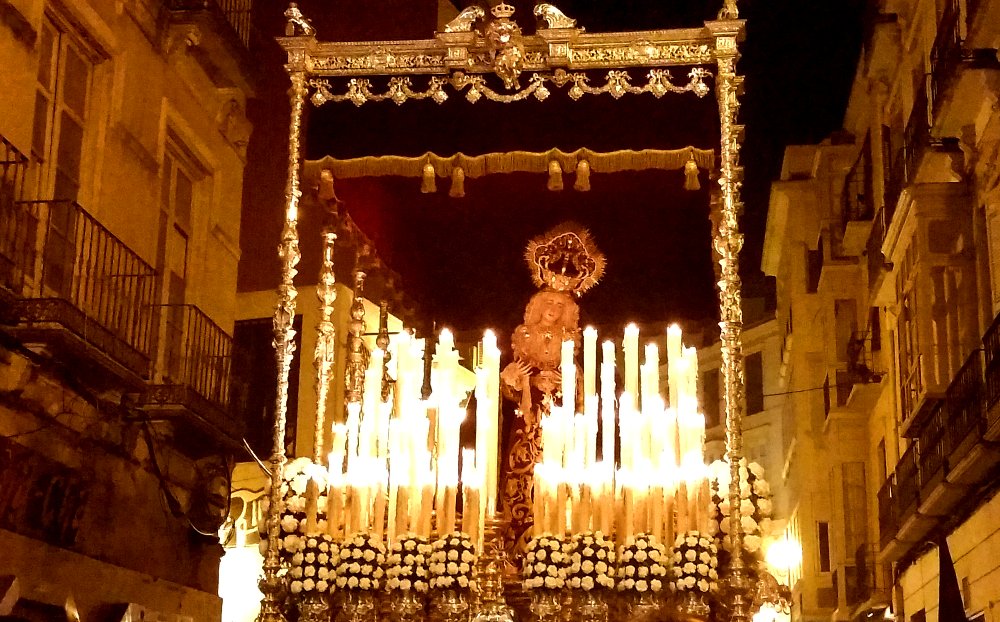
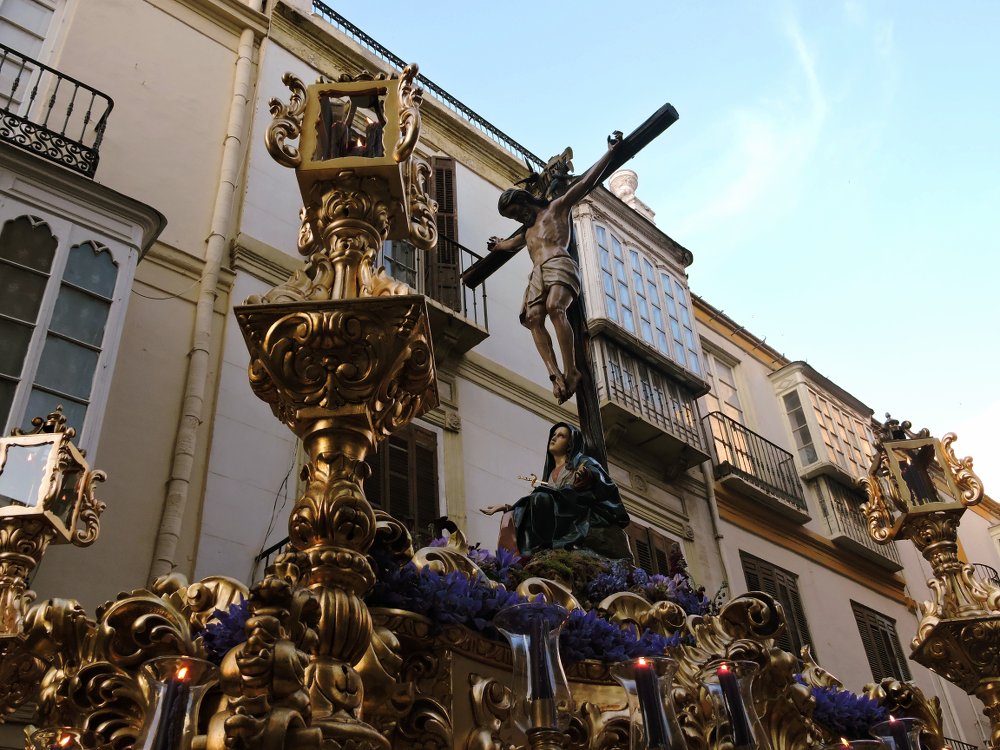
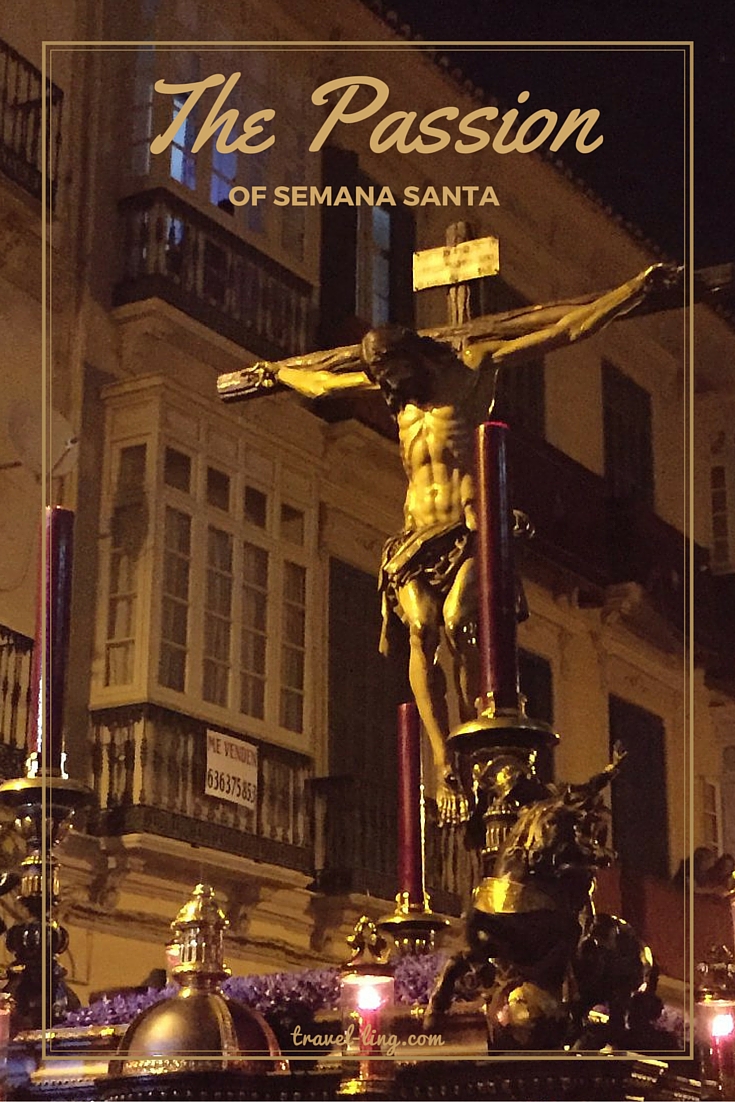
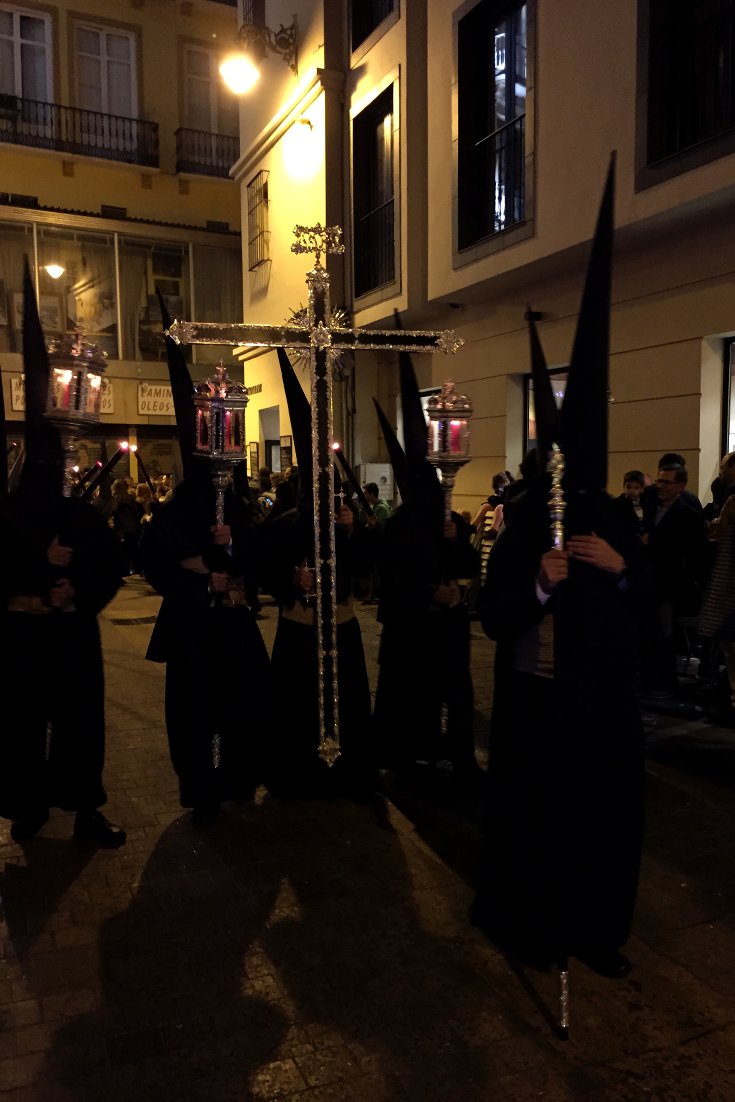
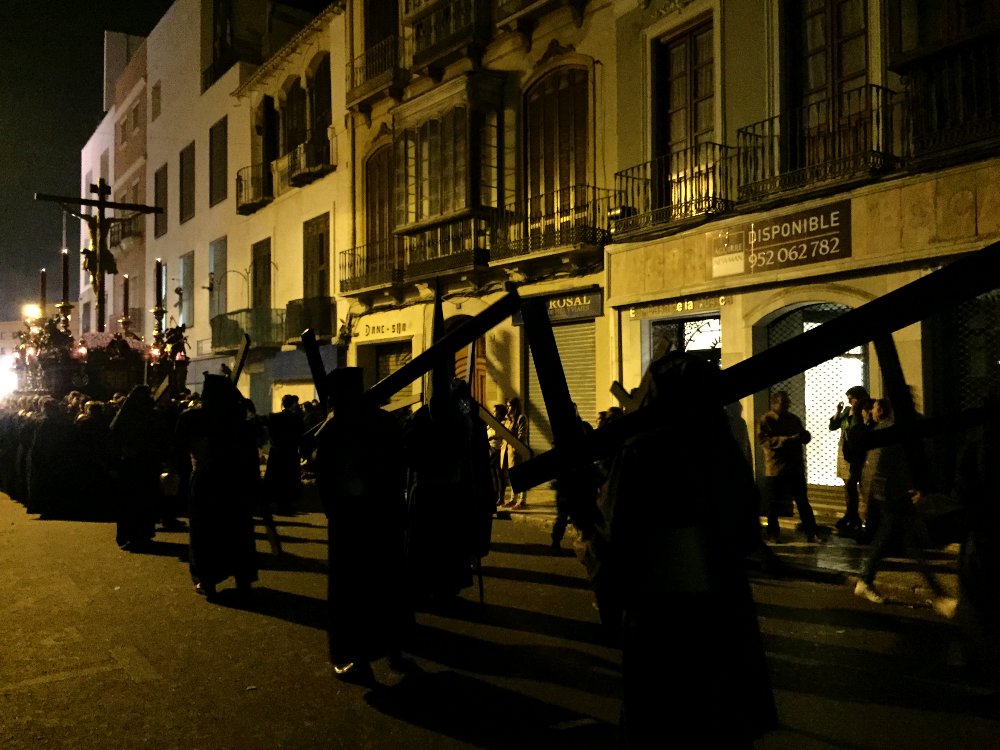
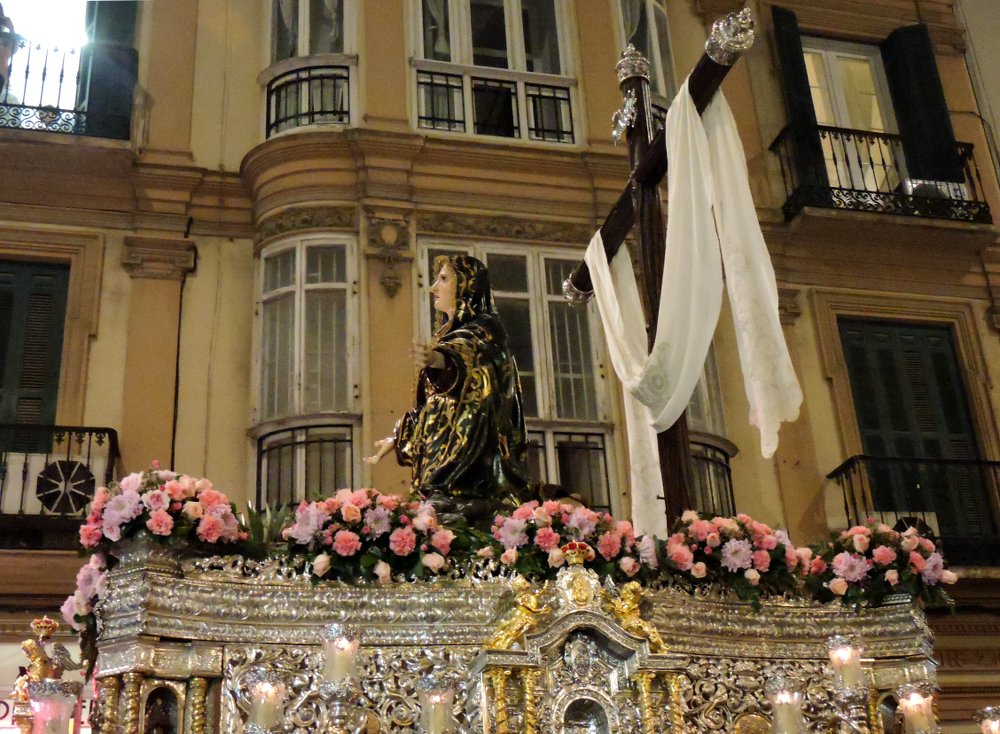
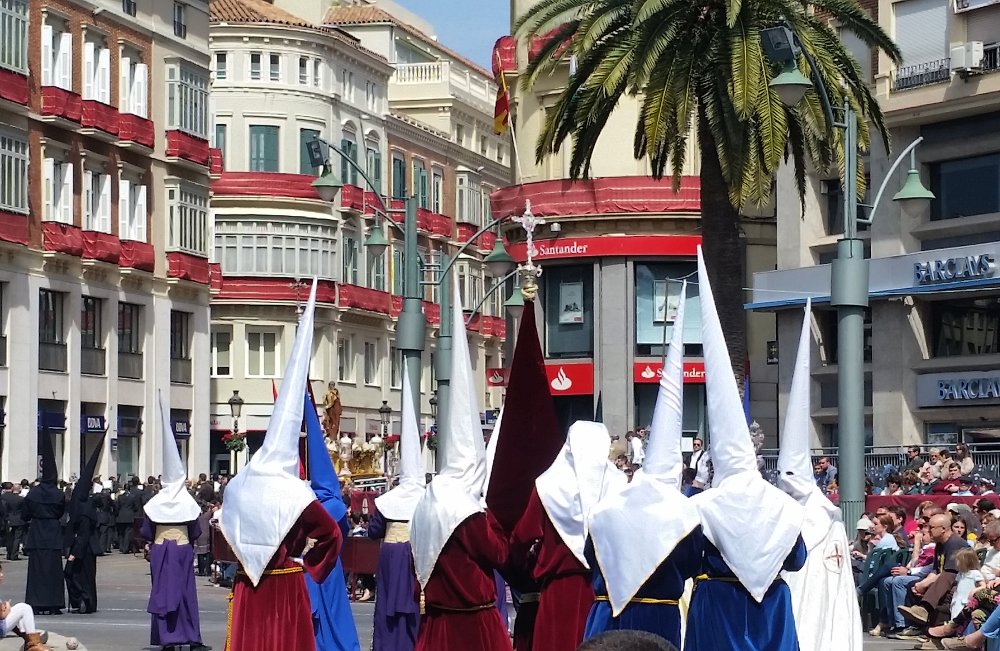

What an amazing journey your post provided. Thank you so much. I felt like i was a spectator there from your video post.
Thank you! We’re glad we could transport you to Spain for this special event. It’s the next best thing to being there!
Kim,
Yes, I went several times to Spain for Holy Week. It is a profound experience. Should you have the opportunity, try several cities- each has its own personality and little twists on the tradition. Cuenca’s is incredible, and the pasos are carried through the steep, steep streets of that “Hanging Town”. Granada’s is beautiful. Murcia has beautiful pasos, all carved by one person, and the people are so friendly there. They get out-of towners, but they don’t get the masses of tourists who flock to Sevilla. The Penitentes (in the hoods) carry candy inside their robes, and silently hand it out to parade watchers. Murcia retains its true Spanish flavor, for that reason. After Easter, Murcia celebrates with a Fiesta de Primavera, which is also great fun, again with parades, this time with the spirit of Mardi Gras, candy thrown from floats, etc. Toledo also has a beautiful Semana Santa.
I can still hear the slow, repetetive prrrum-prrrum-prrrrum of the snare drum to keep the Penitentes in step as the walk through the streets during the somber Semana Santa processions. It isn’t hard to imagine the scene two thousand years ago.
Thanks so much for a walk down ‘memory lane’. I hope you get to go again for Semana Santa in Spain.
Thank you so much Janet! How blessed you’ve been to be able to experience Semana Santa in various cities! We’d love to experience it in Sevilla, Córdoba, Toledo, Murcía or Granada, but your description of Cuenca’s version sounds absolutely amazing! And yes, I’ll never forget the slow repetition of the drums directing the procession through the streets. What an incredible experience we’ve both been lucky enough to experience! Let’s hope we get many more!
Hi Kim, I write to correct a couple of things. In Malaga “pasos” are referred “tronos”, and “costaleros” are “hombres de trono”. The float (trono)can weigh up to 5000kg and be carried by 280 men.
I’m glad that you enjoyed in my city. Best regards.
Thanks Juanlu! That’s interesting that Málaga has different names for some of the vocabulary. What an absolutely amazing experience and to live there and see it year after year would be even more wonderful! We’re jealous!